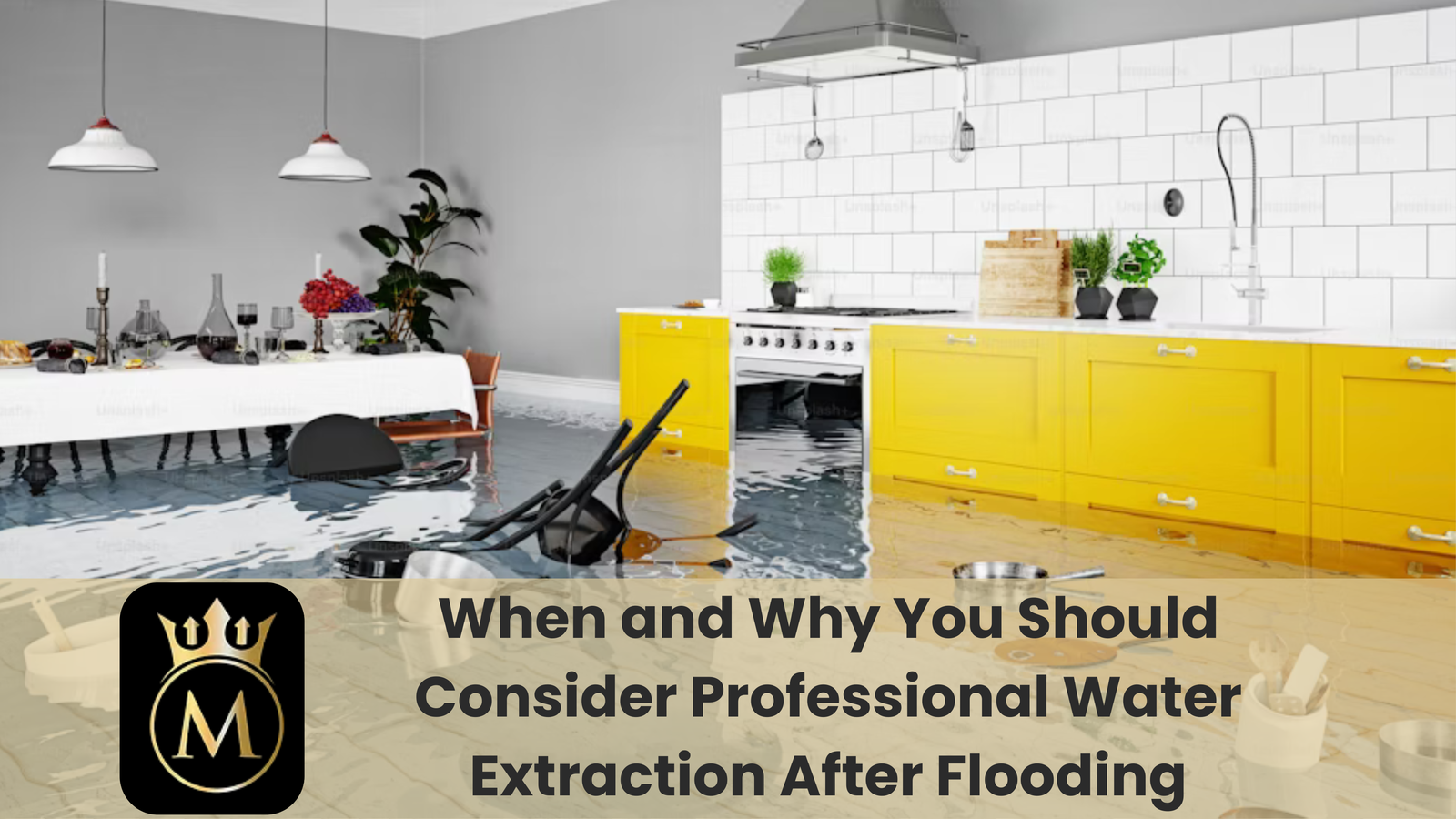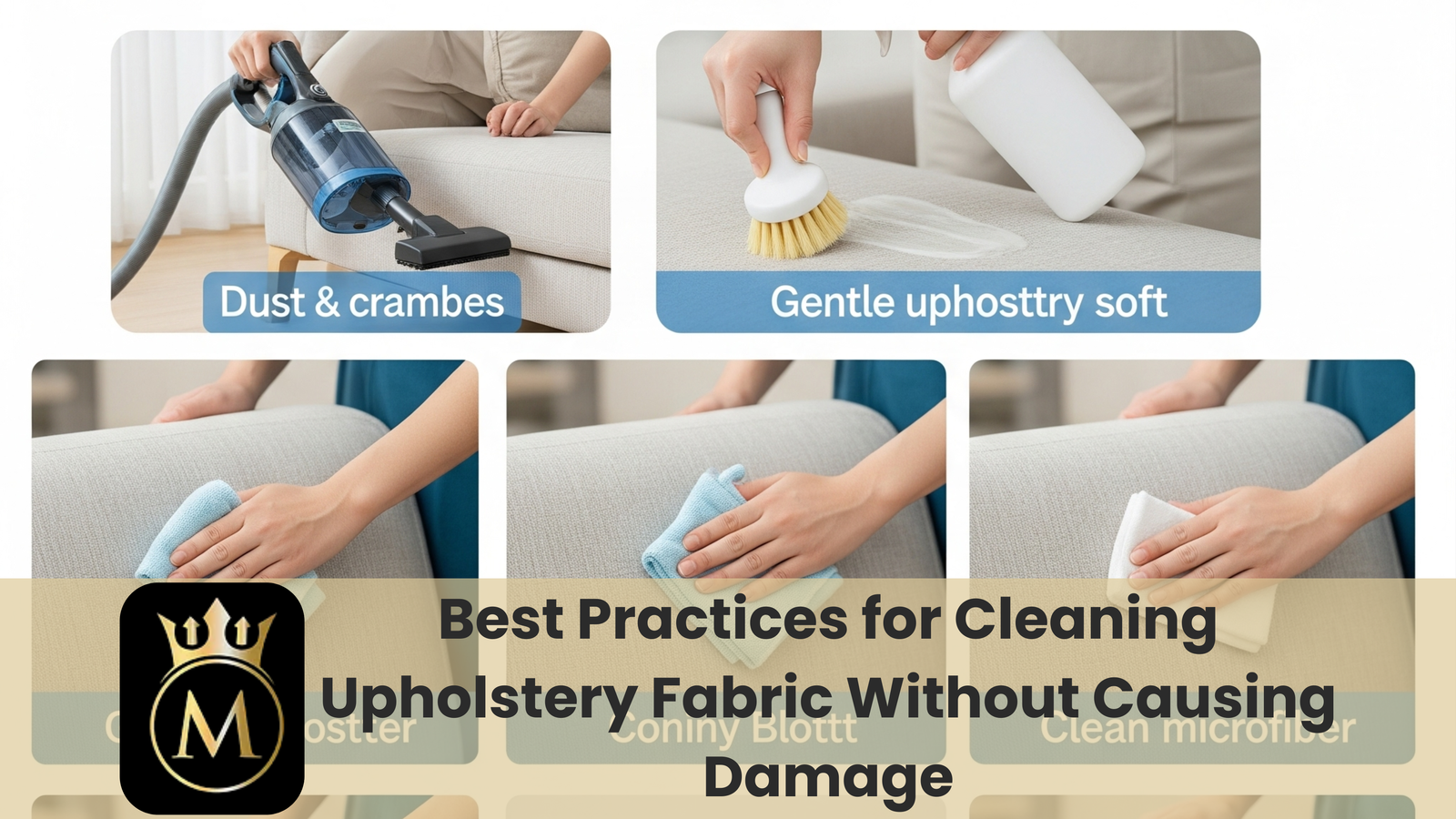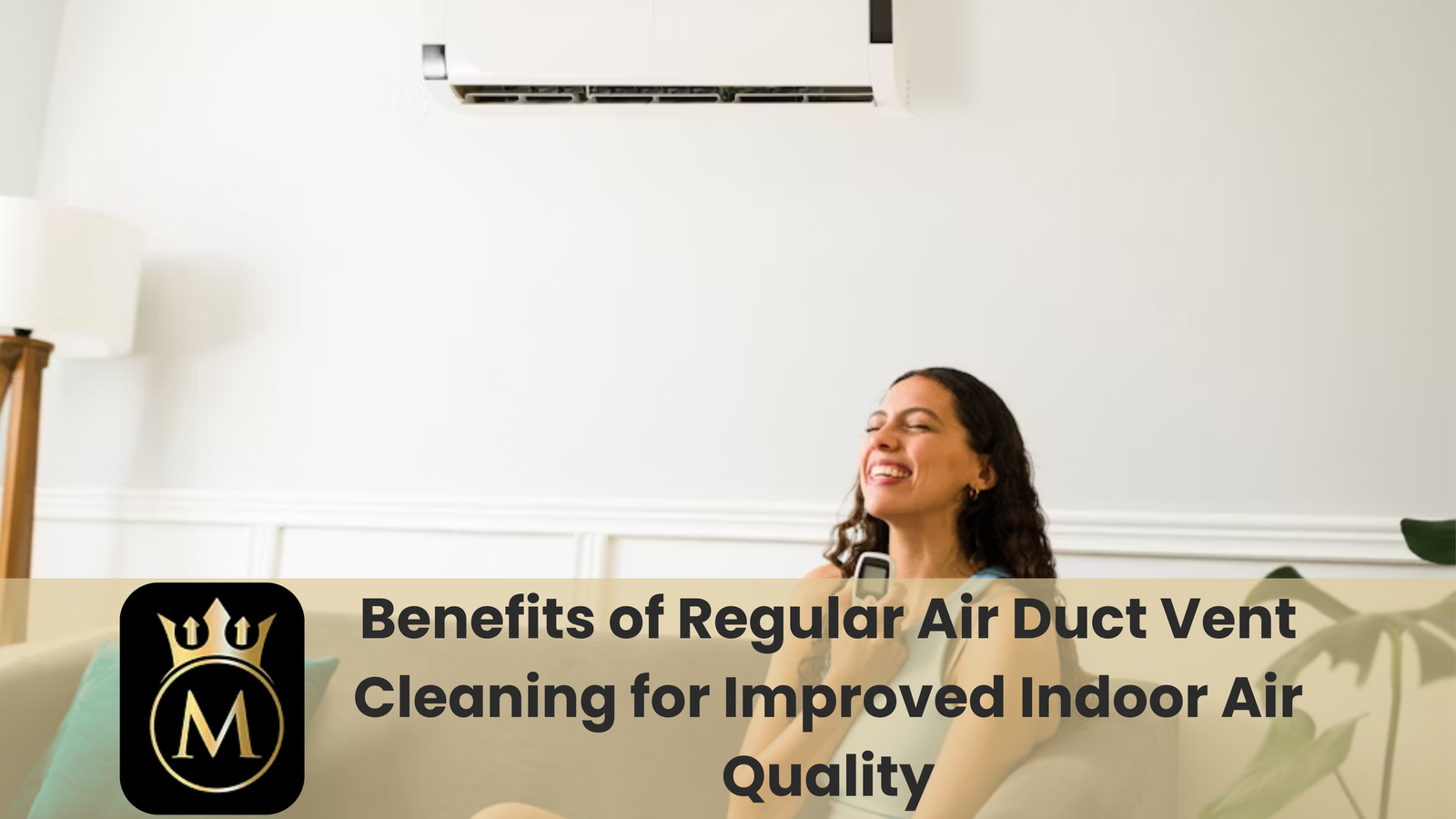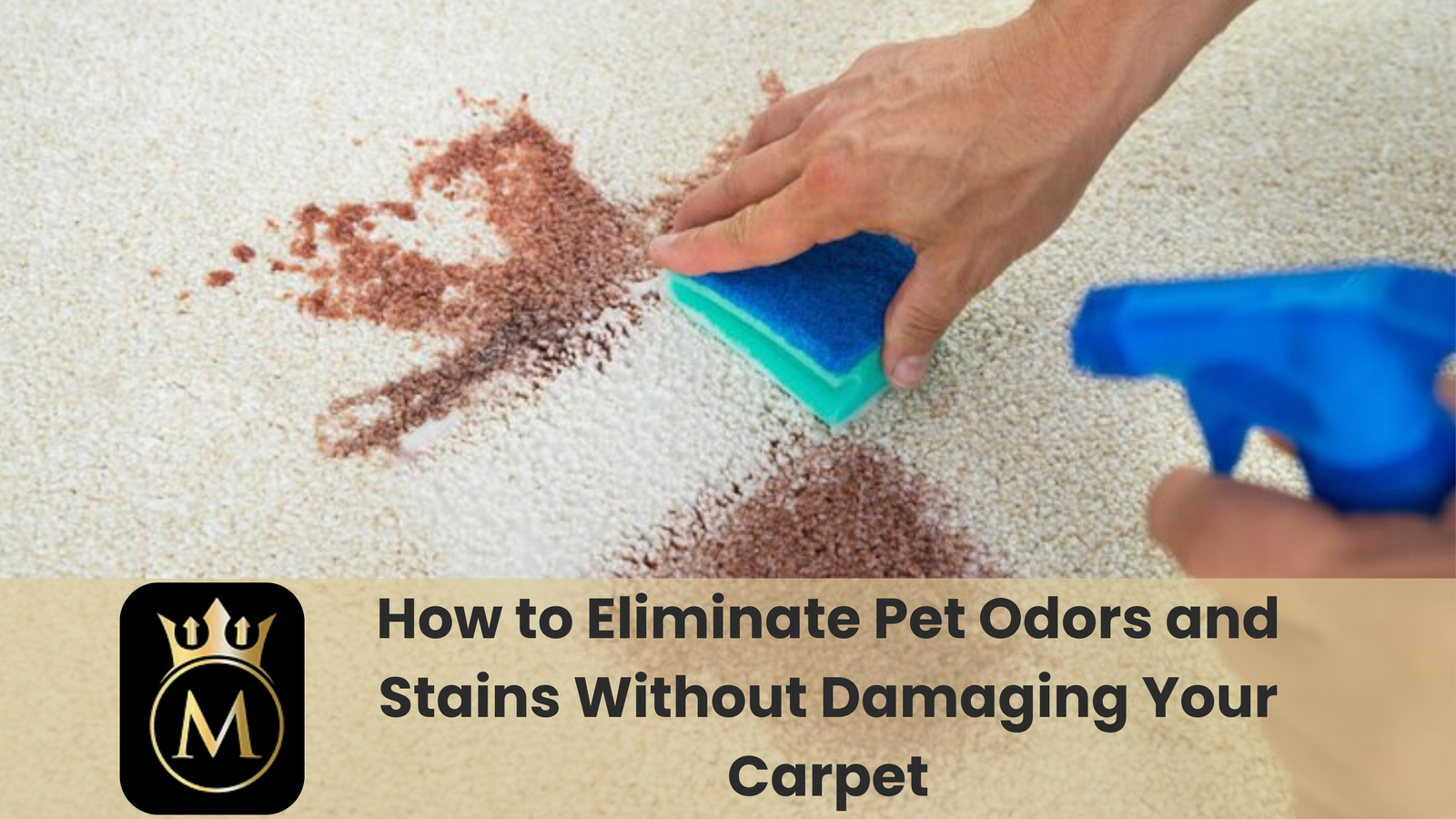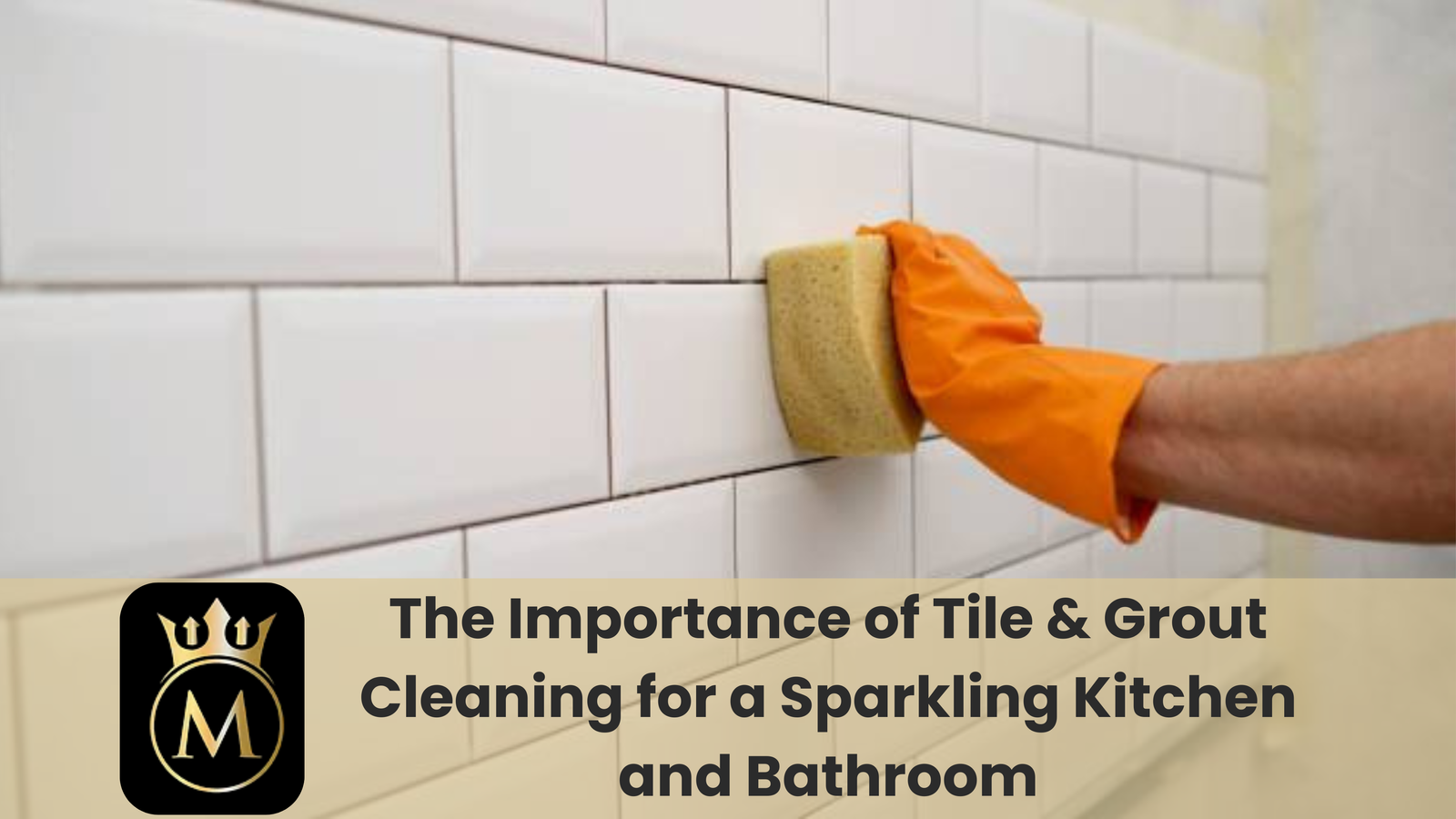Flooding in your home, whether from heavy rain, burst pipes, or appliance failure, can be devastating. Even small amounts of standing water can lead to significant property damage, mold growth, and costly repairs. While it might be tempting to clean it up yourself, there are times when professional water extraction services are not just helpful, they’re necessary.
In this article, we’ll explore when to call in the experts and the critical reasons why professional water extraction is the safest and most effective solution for post-flood recovery.
Why Water Extraction Is Crucial
Water damage doesn’t stop once the flooding subsides. Water seeps into drywall, flooring, insulation, and subflooring, causing:
- Structural weakening
- Electrical hazards
- Mold and mildew growth (in as little as 24–48 hours)
- Contamination, especially in cases of sewage backup
Professional water extraction ensures complete moisture removal from hidden and hard-to-reach areas, something DIY methods usually miss.
When You Should Consider Professional Water Extraction
1. Water Has Saturated the Flooring or Walls
If water has been absorbed into:
- Carpeting and padding
- Hardwood or laminate flooring
- Drywall, insulation, or ceilings
…then professional-grade extraction tools and dehumidifiers are essential to avoid long-term damage and mold growth.
2. The Flood Involved Contaminated Water
There are three categories of floodwater:
- Category 1 – Clean water (e.g., broken pipe)
- Category 2 – Greywater (e.g., dishwasher or washing machine overflow)
- Category 3 – Blackwater (e.g., sewage or floodwater)
If your flood involved Category 2 or 3 water, do not attempt cleanup yourself. It poses serious health risks, and professionals are trained to safely handle biohazards.
3. There’s Visible Mold or Mildew
Mold spores spread rapidly in moist environments. If you notice:
- A musty smell
- Black, green, or white patches on walls or flooring
- Condensation or damp spots
…you need a team that can safely extract water and apply antimicrobial treatments to stop the spread of mold.
4. The Area Is Larger Than 10 Square Feet
For large flood zones or full-room saturation, DIY vacuums and fans simply aren’t enough. Restoration experts use:
- Truck-mounted extractors
- Industrial-grade fans and dehumidifiers
- Infrared moisture detection tools
These tools ensure no residual water remains, which is vital to prevent hidden structural decay.
5. You Want to Preserve Your Home’s Value
Lingering water damage can lead to:
- Warped wood flooring
- Bubbling paint or peeling wallpaper
- Musty smells and discoloration
If you plan to sell or refinance your home, professional water extraction ensures your home maintains its market value and safety standards.
Key Benefits of Hiring a Professional Water Extraction Service
1. Speed and Efficiency
Professionals can remove hundreds of gallons of water quickly, which is essential to stop secondary damage like mold and warping.
2. Complete Moisture Detection
With moisture meters and thermal imaging, experts identify hidden water inside walls and beneath flooring.
3. Prevent Mold Growth
Trained technicians apply antifungal and antimicrobial treatments to prevent hazardous mold from taking hold.
4. Insurance Claim Support
Many water extraction companies work directly with insurance providers, helping to:
- Document damage
- Provide accurate reports
- Speed up the claims process
5. Safety and Peace of Mind
Professionals follow industry standards (like IICRC) to ensure your home is dry, safe, and fully restored.
What to Expect During Professional Water Extraction
- Initial Inspection – Experts assess the damage and identify water sources and contamination levels.
- Water Removal – Standing water is removed using truck-mounted or portable extraction tools.
- Drying and Dehumidifying – Air movers and dehumidifiers are installed to dry the flooring, walls, and air.
- Cleaning and Sanitizing – Affected surfaces are cleaned, disinfected, and deodorized.
- Monitoring – Moisture levels are checked regularly until they return to safe levels.
Tips to Minimize Water Damage Before Help Arrives
While waiting for professionals:
- Turn off the electricity in affected areas
- Remove valuables from wet areas
- Blot excess water with towels (avoid rubbing)
- Keep windows open for ventilation (weather permitting)
- Avoid walking on wet carpet or flooring
Do not attempt to use household vacuums; they are not rated for water and pose an electric shock risk.
Final Thoughts
If your home experiences flooding, don’t underestimate the damage water can cause. DIY methods are rarely enough to fully restore your space and protect your health. In most situations, especially involving contaminated water or deep saturation, professional water extraction is the safest, fastest, and most effective solution.
Act quickly, hire certified professionals, and restore your home with confidence.

